Digital Packaging Sorting with RFID
CIRCPACK by Veolia and TURCK use RFID technology to make the sortability of packaging measurable – and provide manufacturers with valuable data for sustainable packaging development
At Veolia's highly automated sorting plant in Ochtendung, Rhineland-Palatinate, around 90,000 tons of packaging waste are separated into 13 different waste streams. To test the sortability of new packaging under real-life conditions, CIRCPACK by Veolia relies on an RFID-based track-and-trace system from Turck Vilant Systems. The solution tracks RFID-tagged test packaging in the regular waste stream – from input to final sorting.
Packaging waste, which has been collected by the Dual Systems in Germany since 1993, ends up in waste sorting plants such as the one in Ochtendung near Koblenz. The waste management company Veolia sorts 90,000 tons of packaging waste every year in this highly automated sorting plant. Packaging that citizens dispose of in yellow bags and bins is separated into a total of 13 different material streams, including main streams of polypropylene (PP) polyethylene (PE) and polyethylenterephthalat (PET) in the form of film and rigid packaging, as well as metals, and paper.
Automated precision: How packaging is sorted in Ochtendung
In the first sorting step, rotating drum screens separate packaging components from the main stream according to their size. At the end, all material that falls through the last three-by-three-centimeter screen openings is not sorted further and is sent for thermal recycling, i.e., incinerated. In the further sorting process, near-infrared sensors (NIR) recognize different types of plastic and fiber based packaging. Magnets and Eddy Current remove ferrous and non-ferrous metals, and so-called windsifters remove light films by suction.
CIRCPACK by Veolia aims to steadily increase the proportion of recyclable packaging. The Packaging and Packaging Waste Regulation (PPWR) has been in force since February 2025 and aims to reduce waste generation through various measures – on the one hand through recyclable materials and on the other through waste prevention by means of a reusable obligation in certain areas.
Automated RFID-based tests improve accuracy
David Wardle was looking for a solution that would automatically track the path of the packages through the sorting system, thereby providing increasingly reliable data. His idea was to use RFID. "I had the idea, but not the technology," recalls Wardle. "So we looked for a partner who not only knew RFID, but could also make this technology work reliably in a harsh environment like a sorting plant."
TURCK as technology partner
Through its contact with Avery Dennison, CIRCPACK came into contact with Turck Vilant Systems – and was quickly convinced. Together, they developed a setup that now consists of 9 readers and 32 antennas distributed throughout the entire sorting plant. The packaging to be tested is tagged with RFID tags, fed into the normal waste stream and pass through the process like any other packaging, simulating real-world conditions as intended.
Transparency that builds trust
For CIRCPACK's customers – mainly large brand manufacturers – the system is a groundbreaking innovation. It demonstrates their commitment to improving the recyclability of packaging. The results of the tests are incorporated into certifications, for example from RecyClass. They help manufacturers improve their packaging and meet legal requirements.
Scaling and further development
The system in Ochtendung is unique so far – but that is set to change. "We want to roll it out to other plants and other countries," says the environmental engineer. "And we want to develop it further with optimized tags, higher reading accuracy, and more automation. In the future, manufacturers will have to prove that their packaging is recyclable and, in particular, sortable. Our system provides this proof—objectively, comprehensively, and reliably."
- Topics & Technologies


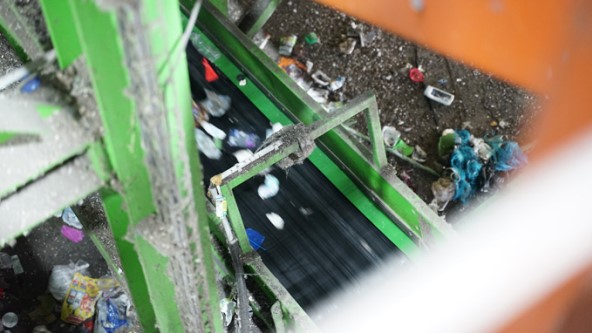
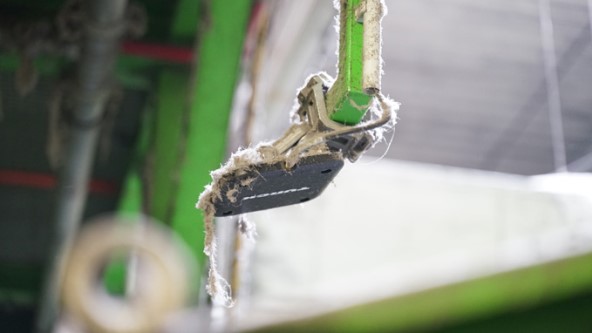
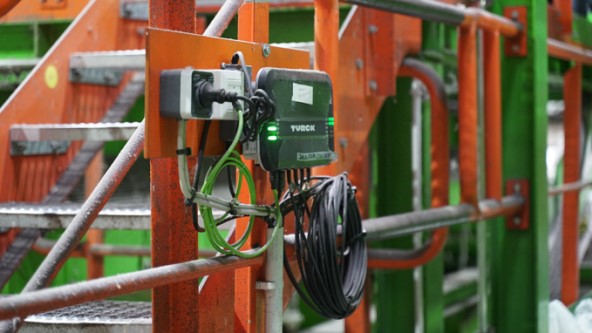

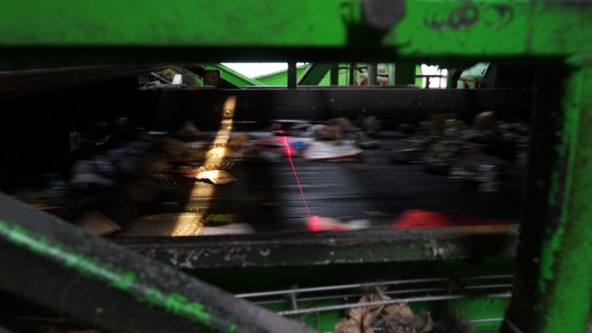
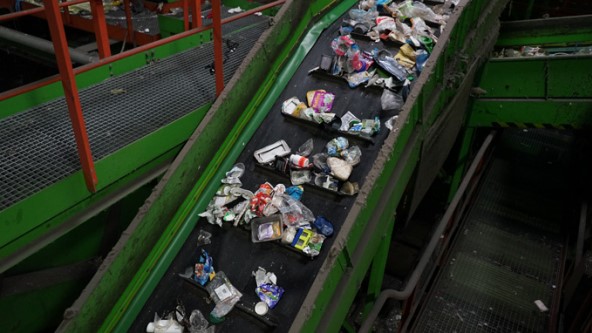
-turck-image.jpg)







-turck-thumbnail.jpg)
